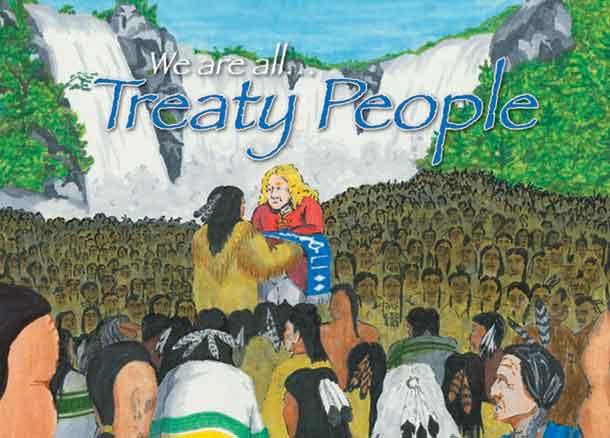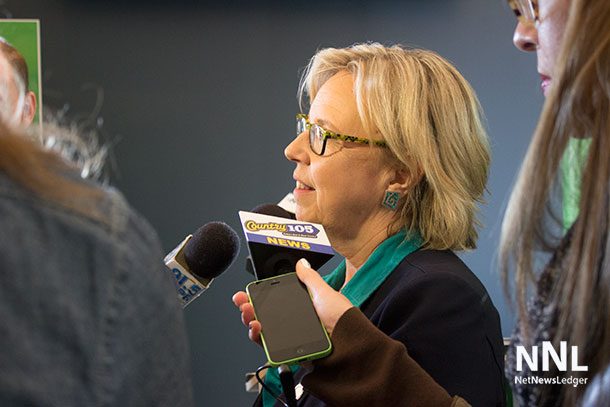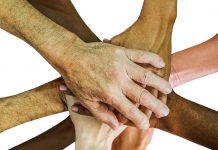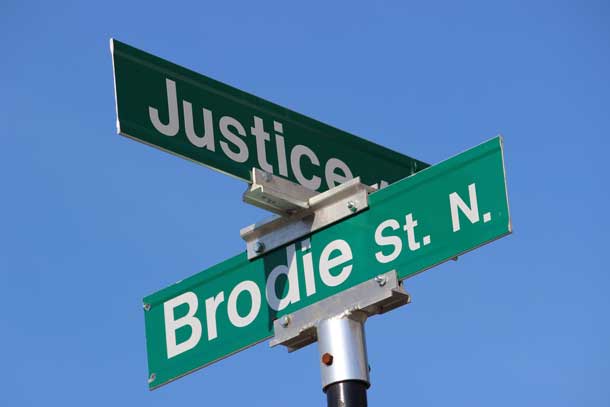
Reconciliation should not be the stuff of soothing platitudes
By Bill Whitelaw
OPINION – Is it time to rethink indigenous land acknowledgements that often open energy-sector conference sessions?
Are we ready to question their utility and effectiveness in advancing the interests of Canada’s indigenous peoples?
Are they moving the reconciliation needle – or have they become little more than meaningless, monotone, and mechanistic verbiage?
In other words, have acknowledgements fundamentally devolved to a state of reconciliation by rote?
Organizations in the energy “gathering and meeting business” have pretty much adopted land acknowledgements as de facto standard inclusions as their meetings open. Some groups do a decent job using acknowledgements for moments of authentic reflection, but most have turned them into ritualistic introductory fodder, no more or less important than the “safety moment” which typically launches a session. They’re too often sandwiched somewhere in the “housekeeping” components between washroom locations and fire alarm evacuation instructions.
Let’s be clear: reconciliation is not mere housekeeping. Reconciliation is work. Real work. It’s not the stuff of desultory and anodyne platitudes.
To be fair, land acknowledgements have accomplished some things worthy of note. They’ve introduced a basic literacy around the critical importance of First Nations, Metis and Inuit communities as partners and allies when considering energy development. They have activated at least a mild, but still nascent, consciousness among many folks that there is even such a thing as the reconciliation movement at all. At sessions where actual indigenous partners bring greetings, dance or prayer, the moments are often more palpable but rarely significantly emotive.
Whatever the presentation, most seem to share a common flaw: there’s no concretized call to action, no appeal for the audience to do something meaningful beyond lending a sympathetic – and truly ephemeral – ear.
But given the weight of reconciliation imperatives – the need to push the reconciliation agenda and push it hard – it seems like the standard land acknowledgement is time not so well spent in terms of catalyzing concrete impact.
In 2023, stakeholders in Canada’s energy sector will convene hundreds of gatherings, large and small. There will be conferences, panels and break-out sessions galore. Governments, academics, industrial types and NGOs will be curating conversations of various kinds. Fronting them will be land acknowledgements. Say there are 500 “meetings” of various sizes and lengths. And say each acknowledgement takes two minutes. That’s 1,000 “reconciliation minutes” that might be more creatively used to ensure captive audiences are captivated by concretized opportunities for action.
What if those moments could be used to more effectively present specific calls to measurable action? What if they presented ways of investing in reconciliation through time, ideas, or dollars – means that serve to illuminate the reconciliation movement’s myriad opportunities for positive change?
That includes the opportunity for new and perhaps not-so-obvious partnerships.
Take the Energy Futures Lab and Spirit North. The first is a socio-technological energy innovation lab underpinned by the passions and talents of 50 fellows; the latter is a phenomenal sports-oriented non-profit headed by the redoubtable Canadian Olympian Beckie Scott. The Energy Futures Lab pushes the frontiers of future-fit hydrocarbons via programming imbued with an ethos of social justice. Spirit North invests in athletic programming intended to re-affirm for indigenous youth how fulsome connection to their lands – spiritually and physically – is fundamental to lives well lived.
The Lab takes reconciliation seriously. Indeed, it is one of its core principles. When an EFL session opens with a land acknowledgement, you can feel the authenticity intended to evoke a moment of personal reflection. To catalyze action is an ethos embedded within the EFL’s organizational DNA.
Spirit North also takes reconciliation seriously. Sport for Spirit North is a reconciliation gateway to strong, vibrant, and sustainable communities that enjoy sovereignty over their own destinies. Sport connects indigenous youth to their land in ways that can be measured over time.
That’s meaningful land acknowledgement – one in which there are demonstrated returns.
Imagine a Return on Reconciliation partnership between the two organizations via which they strategically collaborate on a program that melds land acknowledgements with ways to invest and engage in reconciliation. This would be a partnership created to construct a new reconciliation narrative in a way that illuminates how acknowledging the land can produce actionable and measurable results. It would be both descriptive and prescriptive in that listeners would be inspired to take real action through direct recommendations. Think about a land acknowledgment that simultaneously tells a community engagement story that has a compelling call to action as its foundation, be it investment, awareness, or volunteer commitment.
The Energy Futures Lab and Spirit North could model a next-generation framework for advancing reconciliation efforts through more thoughtful use of those two-minute moments. The Lab has a rich and varied program for its 2023 efforts and, over that time, will touch hundreds of people across Alberta. Think of the impact.
Land acknowledgements, for whatever they’re lacking, have engineered a new and important social space and time. In the energy sector, they have created captive audiences of hundreds, even thousands, of women and men who, if effectively inspired and motivated, could step up to produce real change and bring meaning, definition, and clarity to reconciliation’s complexity.
Reconciliation, of course, is not the sole responsibility of Canada’s energy players. But it is a sector grappling with its own energy transition leadership complexities, which should include demonstrating to Canadians how to do reconciliation properly.
Perhaps an organized reimagining of land acknowledgements could translate into leadership acknowledgements – and encourage the rest of Canada to step up its reconciliation game.
Bill Whitelaw is the Managing Director of Strategy & Sustainability with Geologic Systems.
The views, opinions and positions expressed by all columnists and contributors are the author’s alone. They do not inherently or expressly reflect the views, opinions and/or positions of NetNewsLedger.





